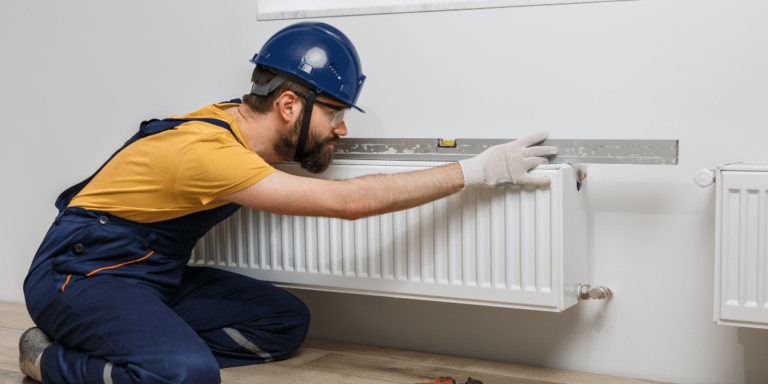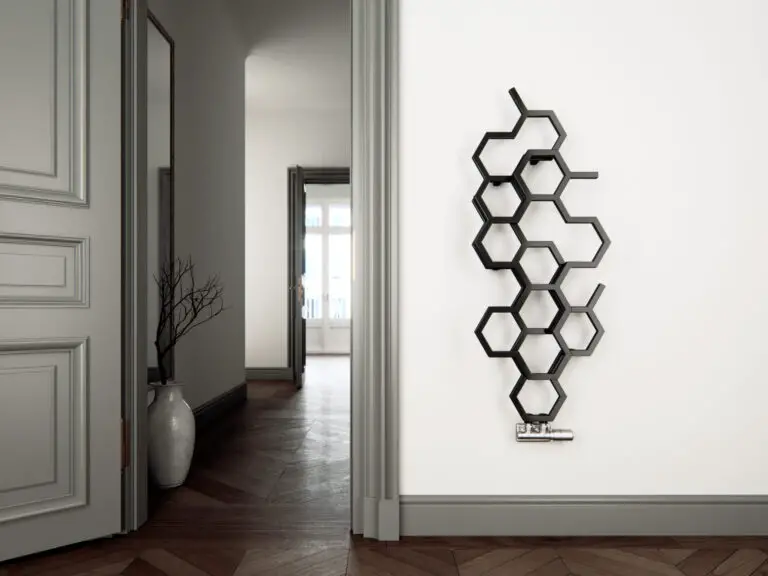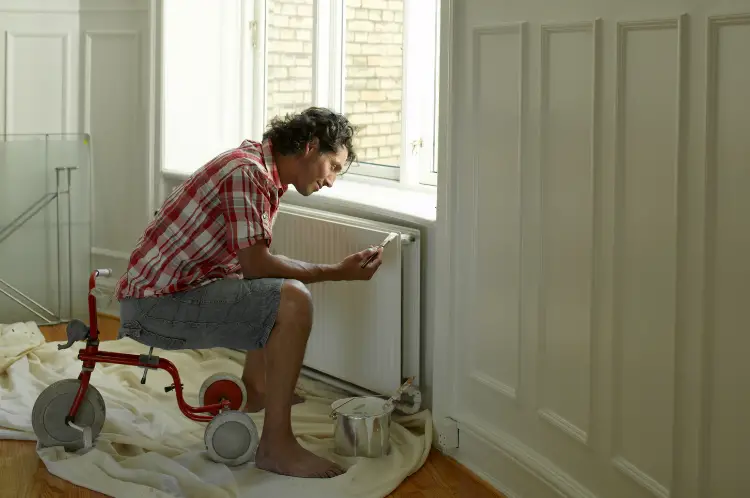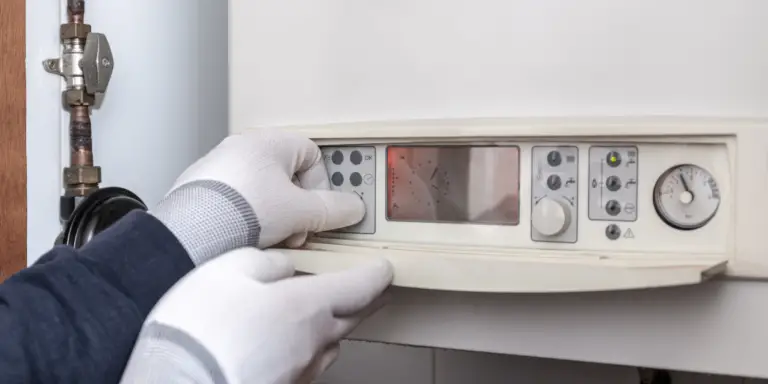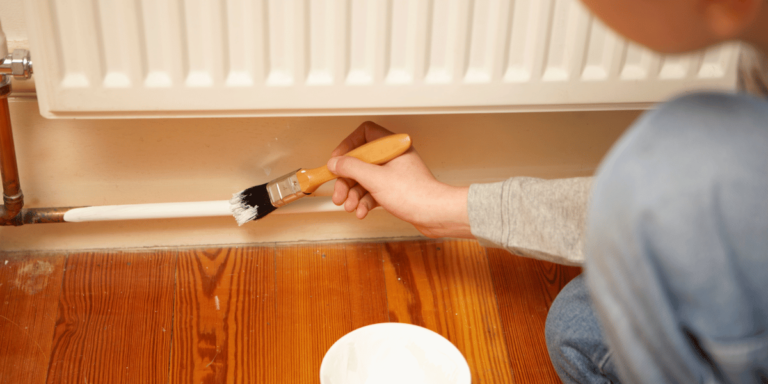There are multiple reasons why you might want to turn your radiators off, including;
- To replace the radiator, remove it for decorating or do some heating maintenance.
- To avoid the room overheating during warmer months.
- To save money on your gas heating bill.
In today’s radiator how-to guide, we’re going to show you exactly how to turn your radiator off quickly and easily, without having to call out your plumber. You’ve got this!
How easy is it?
Whether you want to cool down, perform maintenance, or simply turn off your radiator in a room that is not in use – it’s an extremely easy task that anyone can do. All you really need is a few simple tools (plus this handy guide!).
How long does it take?
It doesn’t take more than a couple of minutes to turn off a radiator. Read on to find out exactly how this is done.
Before You Start:
It’s important to note whether your radiator has standard matching valves or two different valves (i.e. a thermostatic valve and a Lockshield valve). Most modern radiators come with a two different valves on each side, so we’ll start there – you should see;
- The thermostatic valve: which controls the temperature of the radiator and ultimately how much heat it produces.
- Lock-shield valve: this valve controls the water supply to your unit. It’s the most important valve of the two. This is also called the non-thermostatic valve.
Both of these valves are manual valves and easy to turn.
If both of your valves look the same, these are even easier to turn off – simply turn them both clockwise and you’re done!
What Tools Do I Need?
Depending on how modern your radiators are, you can usually just turn them off without the need for any fancy tools or gadgets. Your hands are the most useful tools when it comes to radiator DIY but you may want to use a flathead screwdriver or wrench for old radiators that are particularly hard to turn off due to rust.
Our 2 Steps to Switch Off Your Radiator:
- Turn the thermostatic valve CLOCKWISE until you reach zero
- Reveal the Lockshield valve and turn CLOCKWISE until closed
Step One – Turn Off The Thermostatic Valve
Most times the thermostatic valve is located at the bottom left side of the radiator. Look for the dial that has the number on it.
Which way should I turn the valve?
Turn it clockwise until the arrow on the dial points at 0.
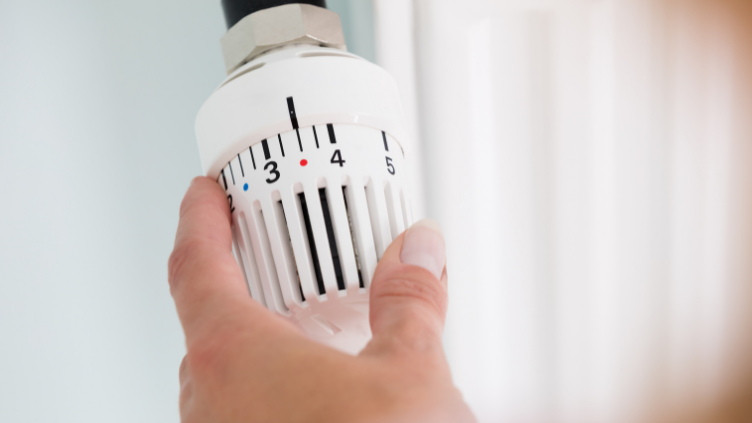
Usually, when you turn off the thermostatic valve this is enough to cool the radiator down. However, if you’re finding that the radiator is still heating up, you may want to consider the next step.
Step Two – Close The Lockshield Valve
This radiator valve also known as the lock-shield valve is also located near the bottom only at the opposite side of the unit. It should have a plastic cap on it which you can lift off or twist to remove it.
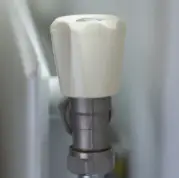
This should expose a vertical valve with a notch on the top which you can tighten and loosen with a flathead screwdriver. Simply twist the valve clockwise until it doesn’t turn anymore.
Now, you have prevented any water entering the unit via the thermostatic valve and you’ve prevented any water escaping the unit via the Lockshield valve.
Steps for turning off a one-valve radiator
Old radiators didn’t have a thermostatic valve. Why? Heating was controlled through the boiler, you had to go to that unit – to the heart of your central heating system – to regulate how hot or cold your radiator would run. If your building is old then you probably have one of these systems. In this case, radiators only came with a lock-shield valve — with a valve that controls the water supply.
In those cases, turning off an old radiator requires a couple of extra steps and some screwdrivers. This will cut off the flow of water to your unit.
Step 1- Remove the valve cap
If there is a valve cap on your old radiator you’ll need to remove it. In most cases it’s fastened to the valve by a screw — determine if it’s a flathead or Phillip’s head and take out the screw. Once the screw is out simply lift the cap off.
These caps don’t control anything. They are simply there as a decorative figures. Remove the cap to acces the actual valve underneath.
Step 2 – Turn the Lockshield valve off
Grab a pair of pliers, grip the top part of the metal valve and turn clockwise. Continue turning the valve until it doesn’t go any further. When it is all the way to the right and stuck in place, the radiator will finally be turned off.
It’s important to use pliers and never try to touch the metal top of the lock-shield valve with your bare hands. Why? It will be too hot and might end up hurting you.
Step 3 — Let the unit cool down
Once more, it’s important to let the radiator unit cool down before handling it. This might take anywhere between an hour or 3, depending on how hot it was in the first place.

